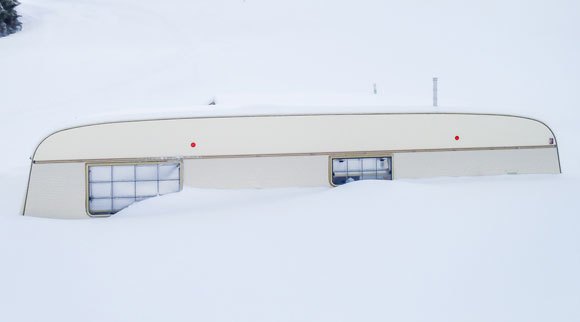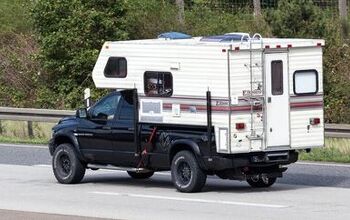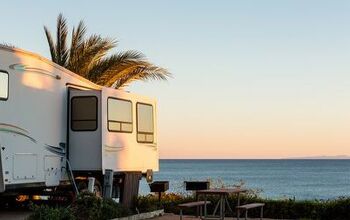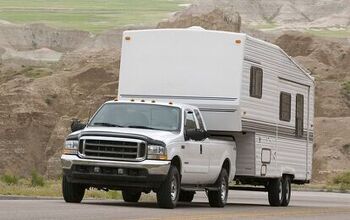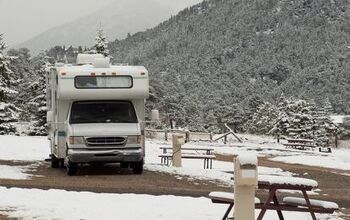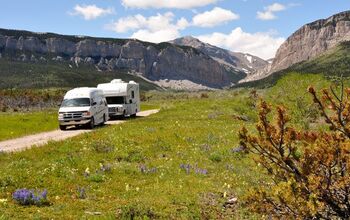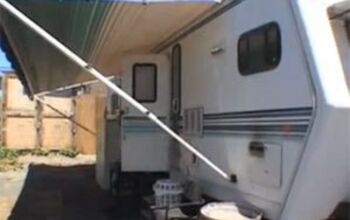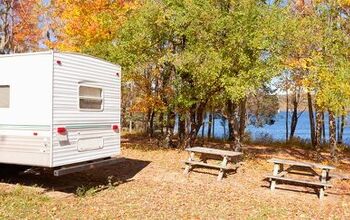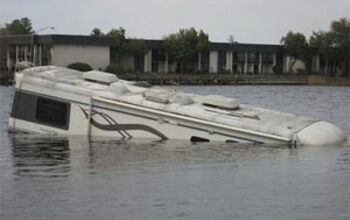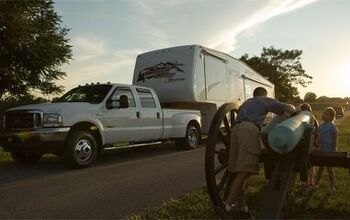RV Winter Storage: Shrink Wrap Vs. Tarp
The camping season is now over for some of us, and the time to put away the toys before Old Man Winter starts piling up the white fluffy stuff is upon us. If you haven’t already done so, and I haven’t because I procrastinate, it is time to cover up the RV for the winter. For those fortunate enough to have the room inside, it’s probably already in the garage or barn. If you’re going to leave it outside, you should probably consider covering it up to protect it from the harsh winter weather. So, the big question now is – shrink wrap vs. tarp?
Shrinkage
Shrink wrapping is a good way to protect your RV from the elements. It offers a good, sealed cover to keep snow, water and other nastiness off your RV during times of extended non-usage. The tight seal is the biggest advantage to going with shrink wrapping. Tarping your RV can leave gaps that let water, dirt and some pests a way into your RV. That can be a bad thing.
The downside to shrink wrapping is that it can be expensive and labor intensive. You can purchase your own shrink wrapping supplies and do it for yourself. How it works, for those that don’t know, is by wrapping your RV in a special plastic wrap, that is much like a big tarp. This plastic wrap, however, will “shrink” when exposed to heat. This allows for a tight seal. Most storage facilities offer it as a service, but getting everything placed just so and the time and materials make it more expensive.
Tarpage
Covering up your RV with tarps is cost effective and can be done at home quite easily. There are a few things to consider when buying and using a tarp. You really don’t want to use the old, tried-and-true blue tarp from the hardware store. Yes, these tarps will keep your RV covered, but they trap moisture, which inevitably forms during days when the sun is out. A breathable tarp is a better option. These tarps are a bit more expensive, as they operate on the same principle as your breathable rain jacket. Millions of microscopic pores in the fabric allow water vapor to escape, while keeping things dry and protected underneath.
Also make sure your tarp is UV-resistant to protect both it and your RV from damage from the sun. Ultraviolet light is one of the most damaging things to your RV. Spend the cash up front to get decent tarps and then keep them secure while not in use. That way you can reuse them year after year. The ability to reuse tarps is a major advantage over shrink wrapping. Once the shrink wrap comes off, it is useless for everything but the recycle bin.
